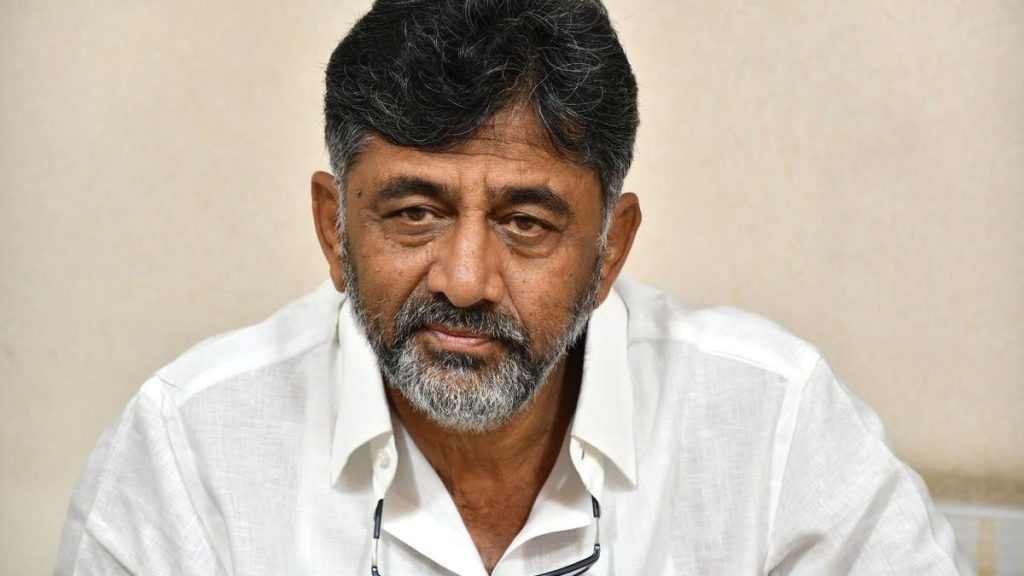Now Reading: Study Reveals Rapid Decline in COVID Immunity for Specific Groups
-
01
Study Reveals Rapid Decline in COVID Immunity for Specific Groups
Study Reveals Rapid Decline in COVID Immunity for Specific Groups

Quick summary
- A study published in Science Translational Medicine investigated differences in COVID-19 vaccine responses over time, tracking 2,526 participants for 18 months.
- Researchers identified four patterns of immune response after booster vaccinations: durable responders (high antibody levels sustained), rapid-decliners (quick loss of initial strong antibodies), vulnerable responders (low initial antibodies that decline quickly), and intermediate responders.
- People with rapidly declining antibodies or low IgA(S) antibody levels were more likely to experience breakthrough infections earlier. IgA(S) helps protect the nose and throat from respiratory viruses.
- 29% of participants were categorized as durable responders, while 28% were vulnerable responders and 19% rapid-decliners; the remaining showed intermediate patterns. Breakthrough infection rates ranged between 5.2% and 6% across groups.
- The correlation between blood IgA(S) and nasal IgA(S) suggests blood tests may be useful in predicting respiratory immunity strength post-vaccination.
- The study aims to inform personalized vaccination strategies but requires further research into biological mechanisms affecting immune responses.
Indian Opinion Analysis
This study sheds light on variations in long-term vaccine efficacy among individuals, perhaps offering valuable insights for India’s public health policies amid ongoing immunization efforts. The identification of distinct patterns like “rapid-decliners” underscores the need for targeted approaches to vaccine boosters rather than uniform schedules.
India’s diverse population presents unique challenges, such as notable variance in genetic factors, lifestyle conditions, and access to healthcare-all influencing immune response disparity observed globally including this study’s findings on IgA(S). Integrating similar long-term immunological tracking within India coudl allow for tailored booster programs that prioritize high-risk groups based on scientific assessment rather than a one-size-fits-all approach.
However, cost-effectiveness remains a concern given India’s constraints regarding resources necessary for advanced testing like blood-based IgA monitoring systems highlighted here-a feasible balance between scientific innovation and scalability would be key before implementing such programs broadly while upholding equitable healthcare policy goals nationwide.*























